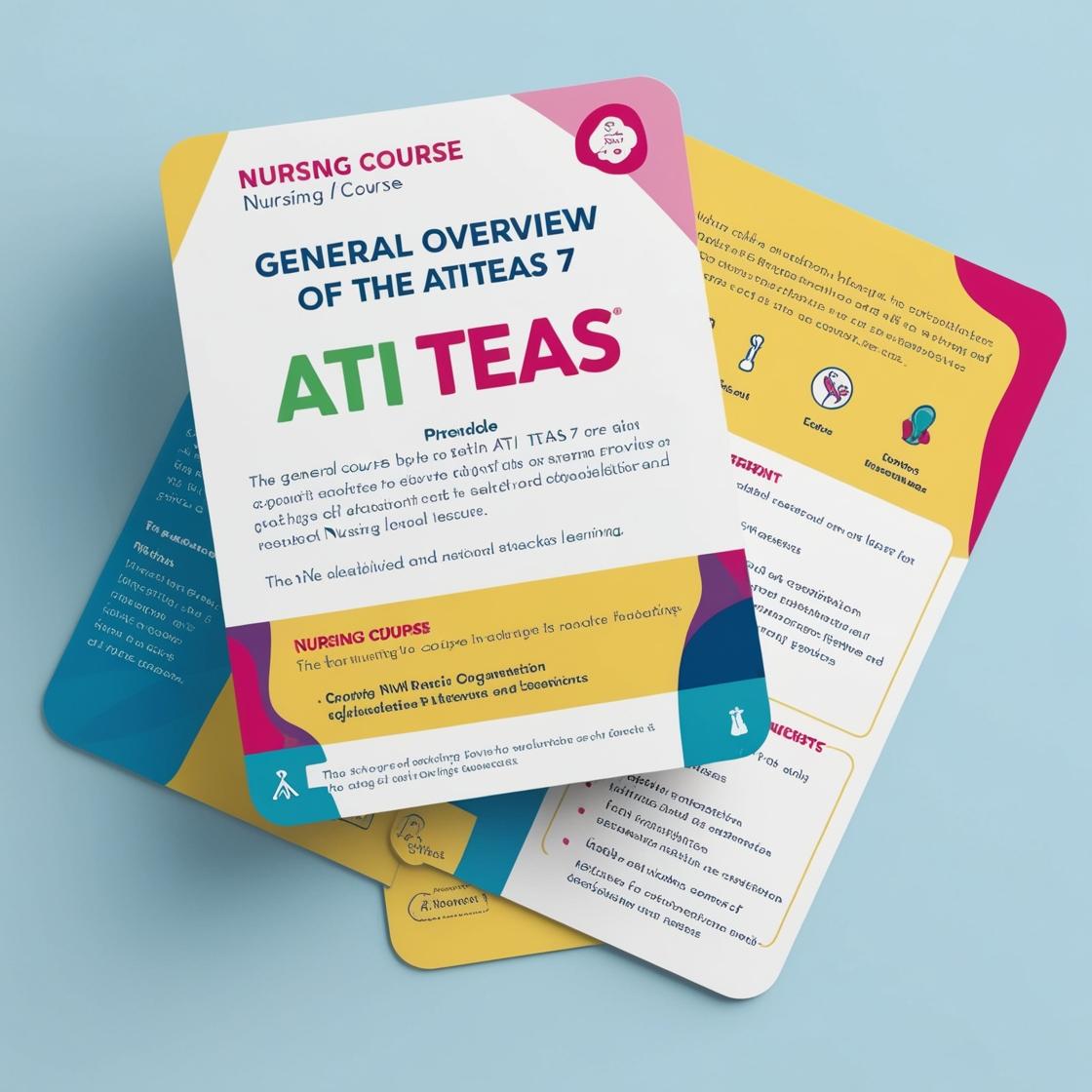ATI TEAS 7
Reading TEAS Practice Test
1. Given the information in the passages, which of the following must be true about assault?
- A. Not all assault is considered an expression of lethal force.
- B. There are various forms of assault.
- C. Smaller, weaker people can commit assault.
- D. Assault can be justified in certain situations.
Correct answer: B
Rationale: The passages clearly outline that assault can manifest in different forms, including physical strikes, threatening body language, and provocative language. This variety of actions demonstrates that there are indeed various forms of assault. This choice is correct because it aligns with the information provided in the passages. Choice A is incorrect as the passages differentiate between lethal force and assault, indicating that not all assault involves lethal force. Choice C is incorrect since there are no restrictions mentioned regarding who can commit assault. Choice D is incorrect because the passages do not provide a blanket justification for assault but rather emphasize the unlawful and threatening nature of such actions.
2. In which chapter should Clothilde look for more information about how to do this?
- A. Chapter 3
- B. Chapter 4
- C. Chapter 2
- D. Chapter 1
Correct answer: B
Rationale: Clothilde should look for more information on how to prune her elderberry plant and utilize the elderflowers for tea and homemade wine in Chapter 4: Herbs in Food. This chapter typically covers information on using herbs in various culinary and beverage preparations, which aligns with Clothilde's goals. Choices A, C, and D are incorrect because Chapter 4, specifically focusing on herbs in food, is the most relevant chapter for Clothilde's inquiry on utilizing elderflowers for tea and wine.
3. Which of the following best describes the organization of the information in the passage?
- A. cause-effect
- B. chronological sequence
- C. problem-solution
- D. comparison-contrast
Correct answer: B
Rationale: The passage is organized in a chronological sequence, starting from the reign of King Charles II, proceeding to his death without a legitimate heir, the ascension of his brother James II, and the events that followed with the birth of James II's son and the subsequent fleeing of the family. The passage then covers the rejection of the young James as heir, the rise of the Jacobites, and the defeat at the Battle of Culloden in 1746. Each event is presented in the order in which they occurred. The other answer choices are incorrect: cause-effect implies a relationship of events leading to each other, problem-solution focuses on identifying issues and resolving them, and comparison-contrast involves highlighting similarities and differences between subjects, none of which are the primary organizational structure of the passage.
4. What event marked the start of Rosa Parks' central role in the Civil Rights Movement?
- A. Her arrest for not giving up her seat.
- B. Her involvement in protests.
- C. She became an advocate for voting rights.
- D. She became a central figure in the Civil Rights Movement.
Correct answer: A
Rationale: Rosa Parks' arrest for not giving up her seat on the bus was the event that marked the start of her central role in the Civil Rights Movement. This act of civil disobedience sparked the Montgomery Bus Boycott and brought national attention to the issue of racial segregation. Choice B is incorrect as her arrest, not just her involvement in protests, was the turning point. Choice C is also incorrect as her advocacy for voting rights came later in her civil rights activism. Choice D is incorrect as the event of her arrest was the beginning of her prominent role, not a consequence of already being a central figure.
5. To whom is this passage probably being written?
- A. a mother
- B. a father
- C. a babysitter
- D. a nurse
Correct answer: C
Rationale: The passage provides detailed instructions on how to take care of a little girl, indicating that the intended audience is someone other than the child's parents. A babysitter is the most likely recipient of these instructions, as they are typically hired to care for children when the parents are away. The specific guidance on feeding, naptime routine, and other care tasks align with what a babysitter would need to know to care for a child in place of the parents. Choices A, B, and D are incorrect because the passage does not address the child's parents directly. It focuses on providing guidance to someone temporarily responsible for the child's care, such as a babysitter.
Similar Questions

Access More Features
ATI TEAS Premium Plus
$150/ 90 days
- Actual ATI TEAS 7 Questions
- 3,000 questions with answers
- 90 days access
ATI TEAS Basic
$99/ 30 days
- 3,000 Questions with answers
- 30 days access
